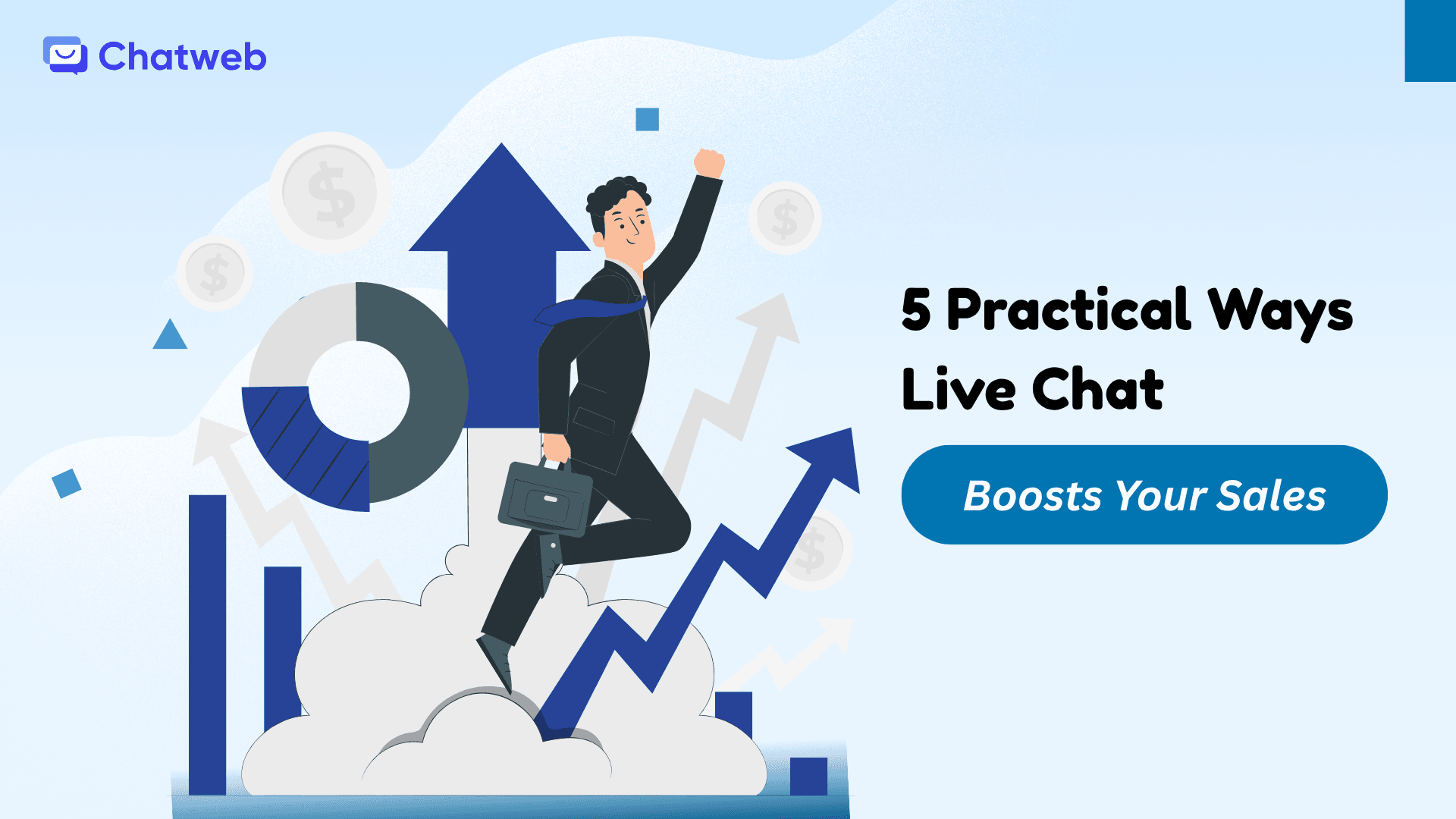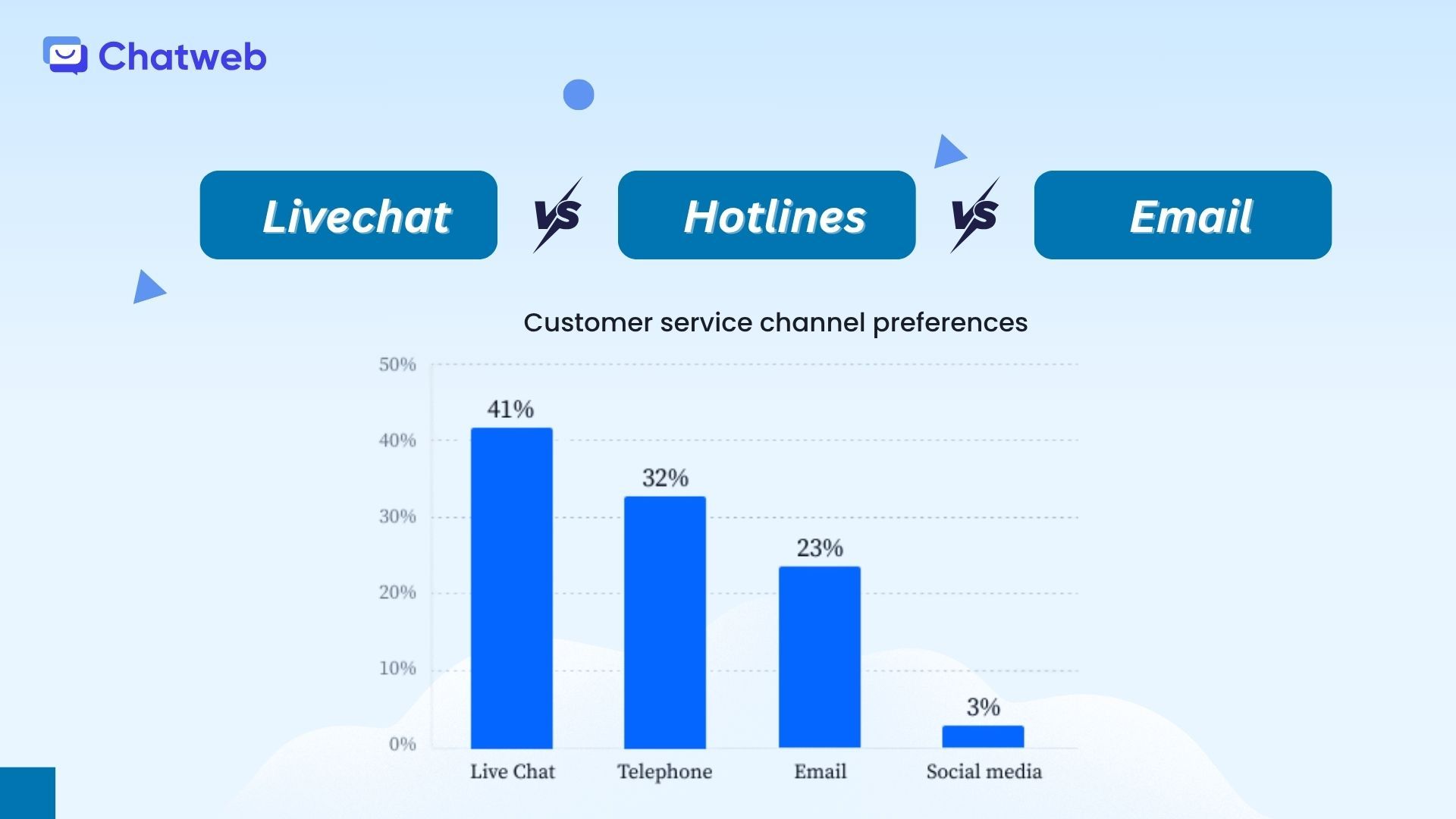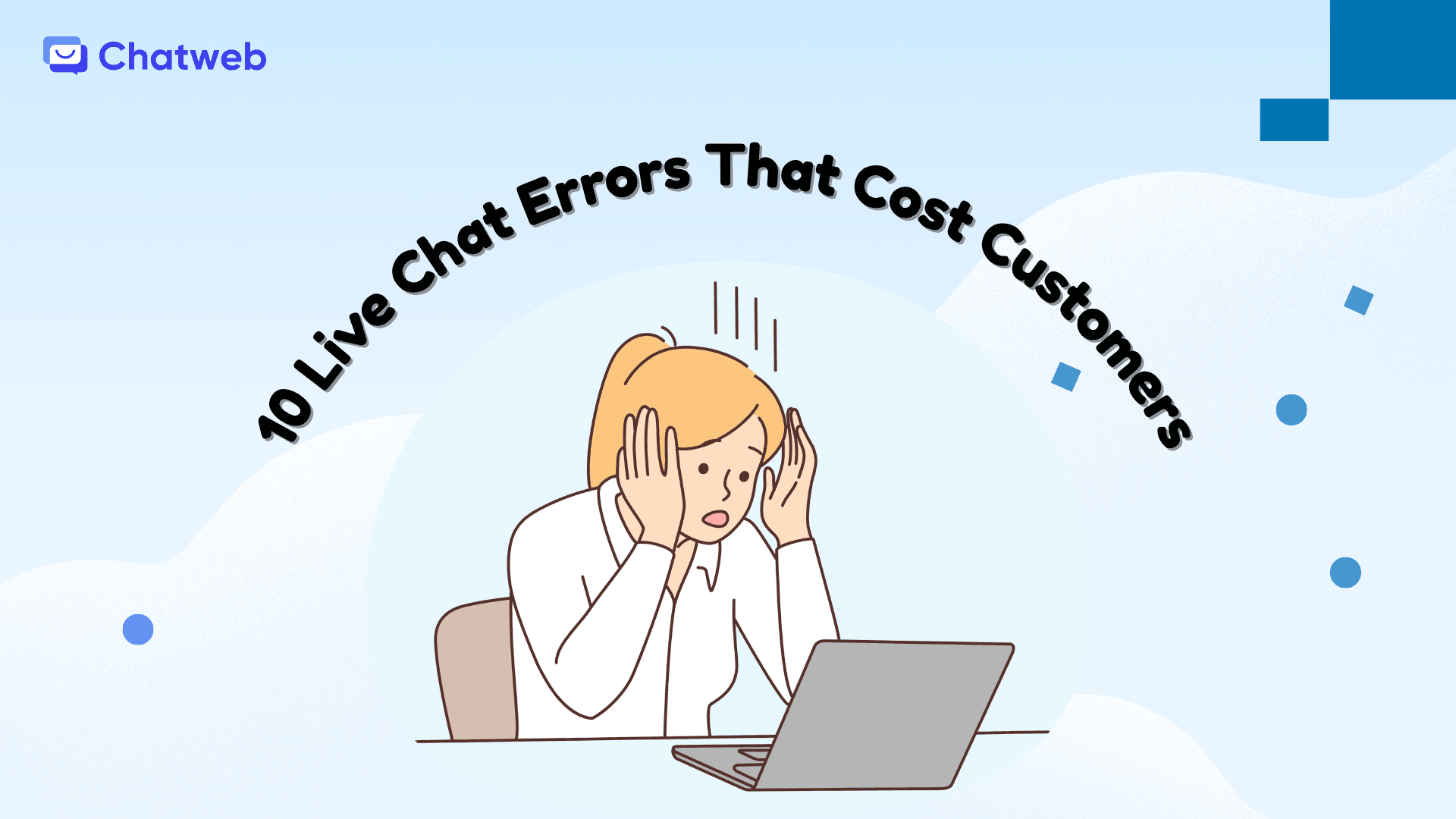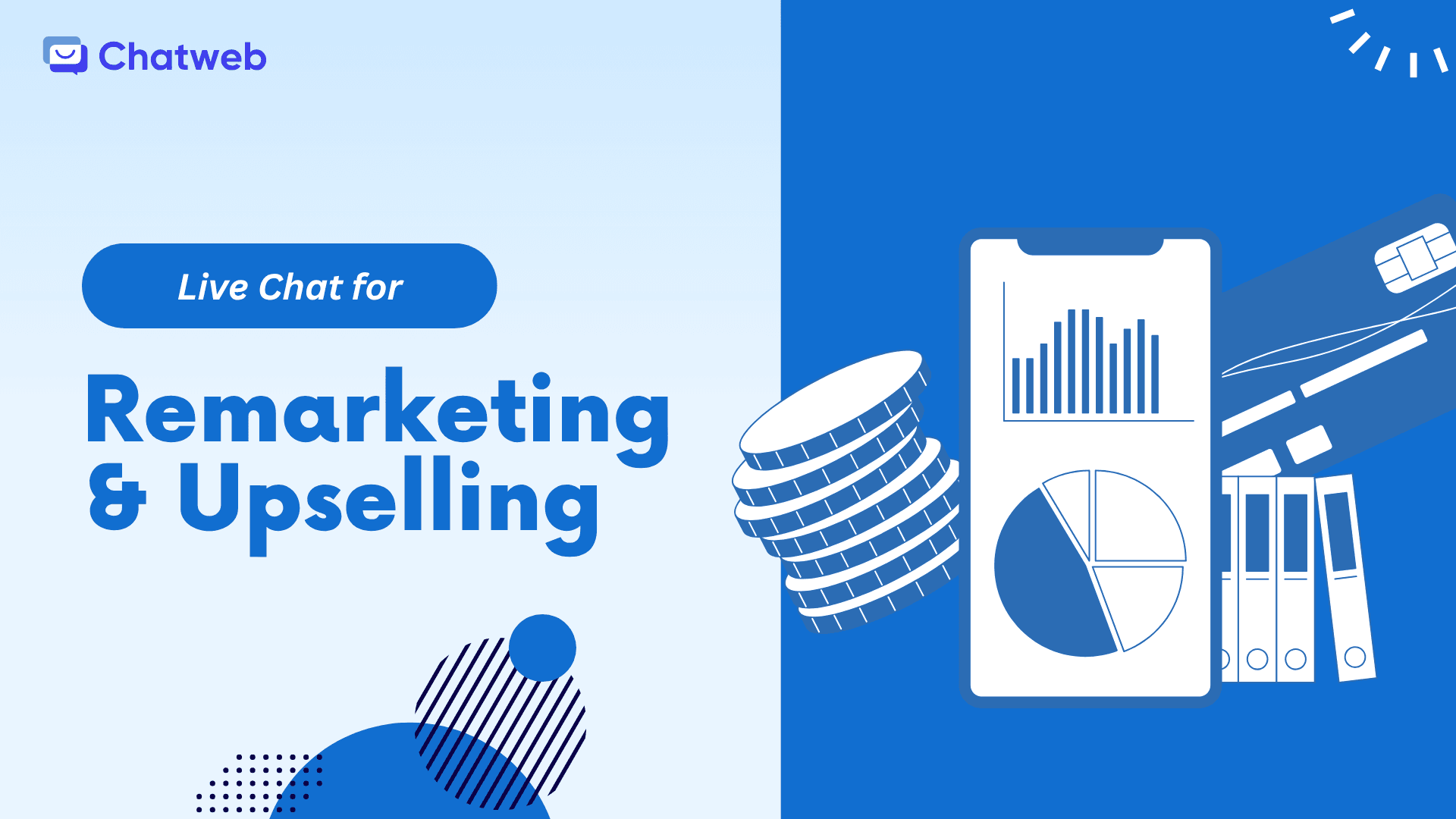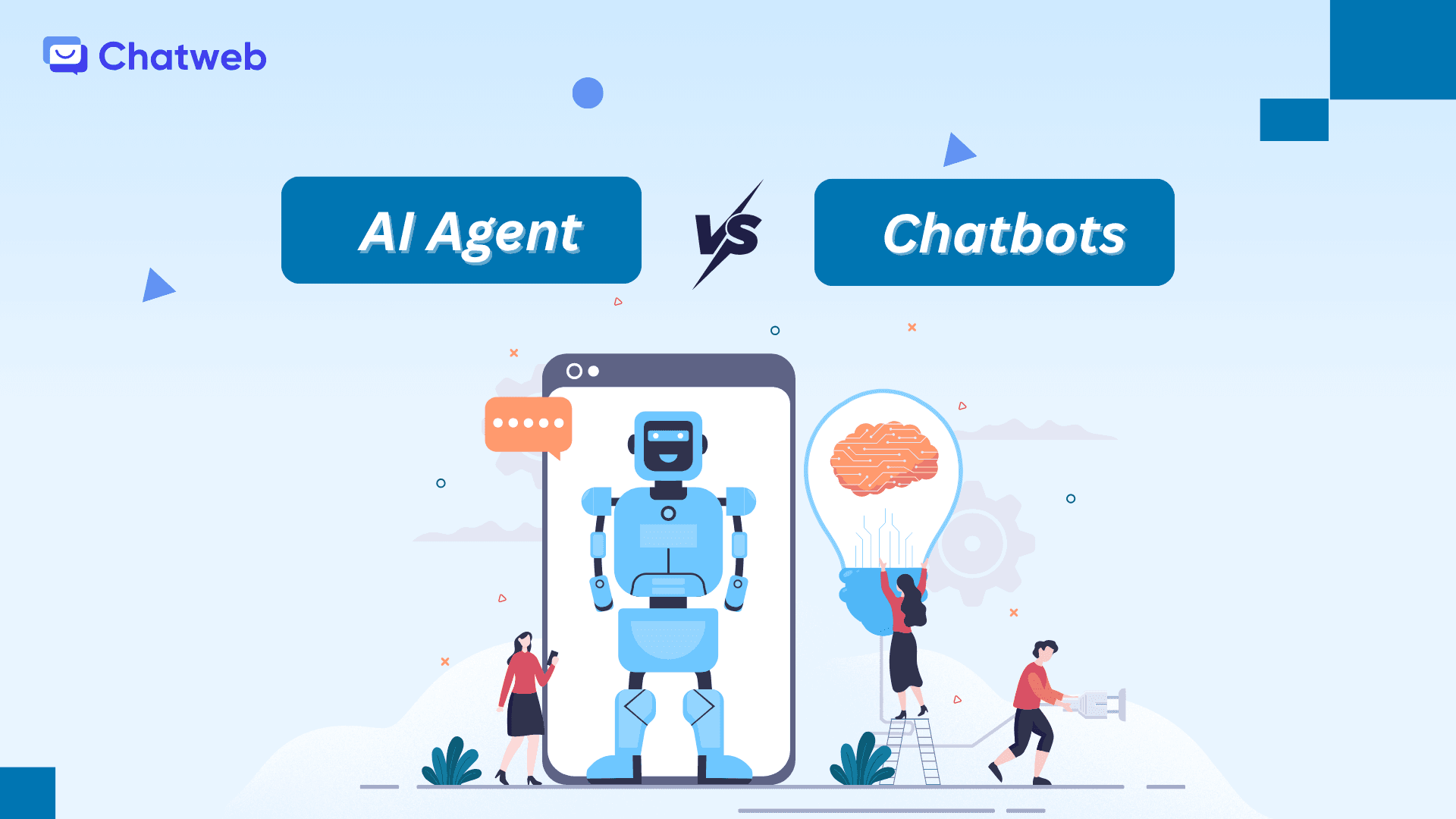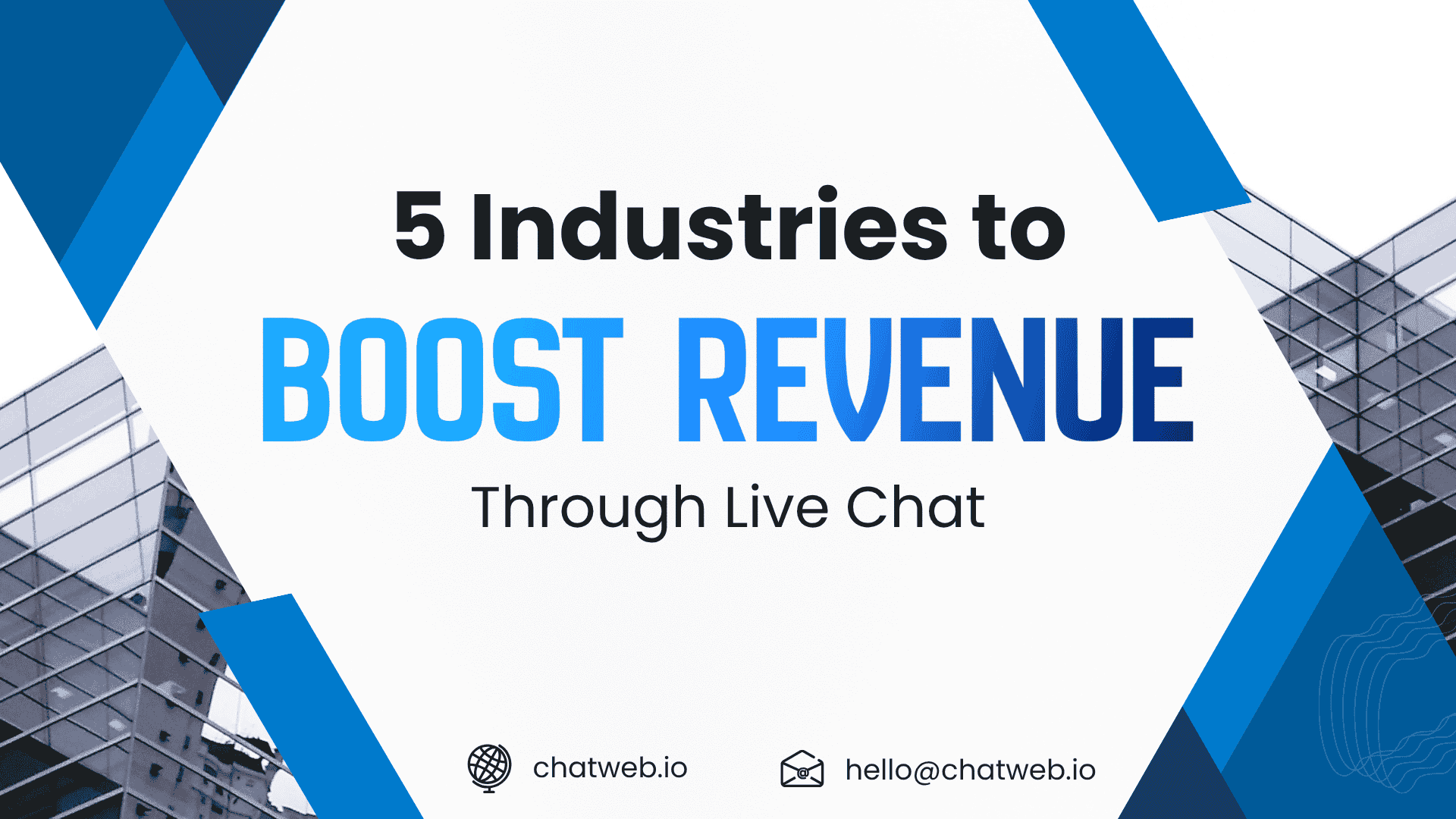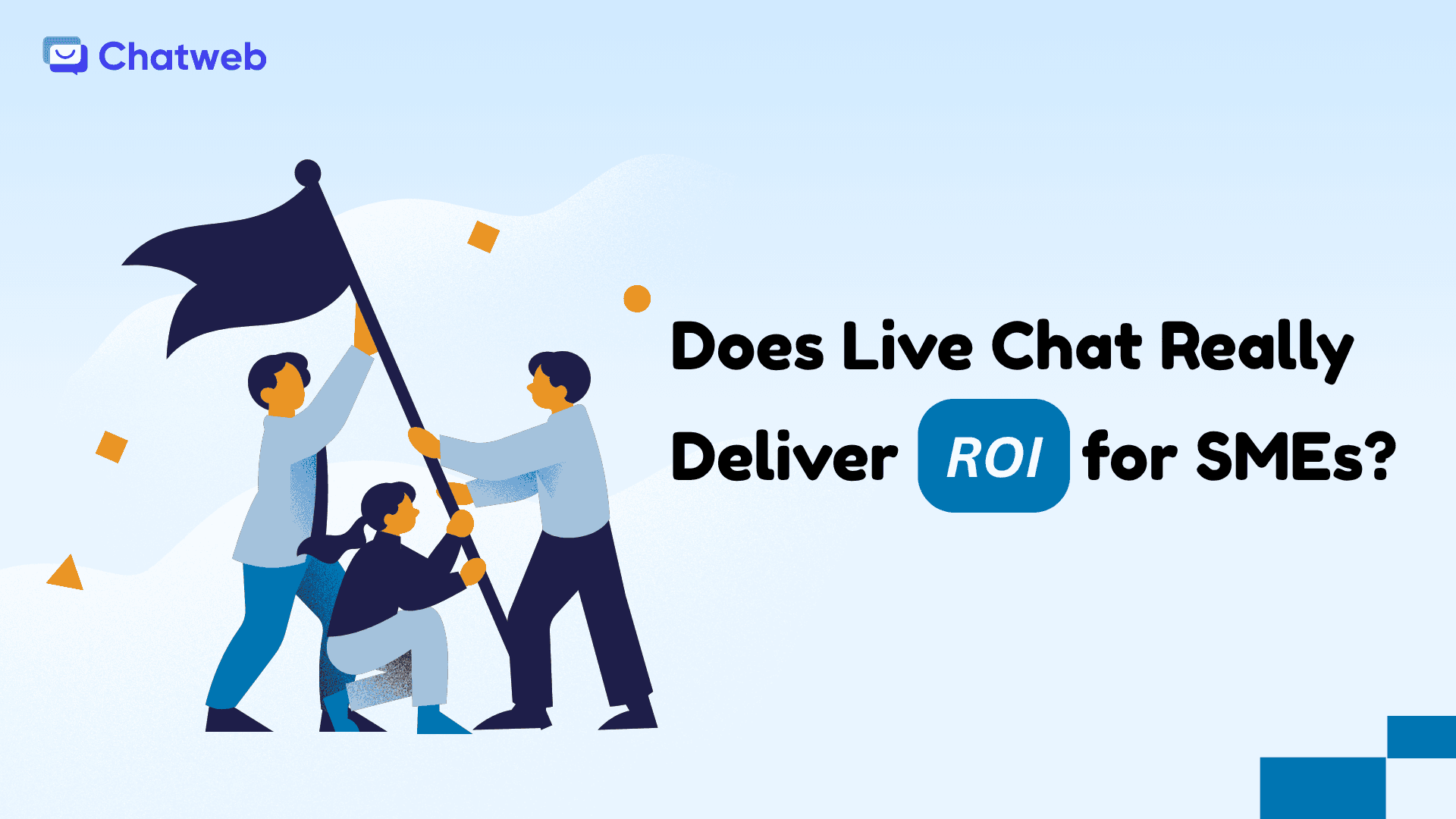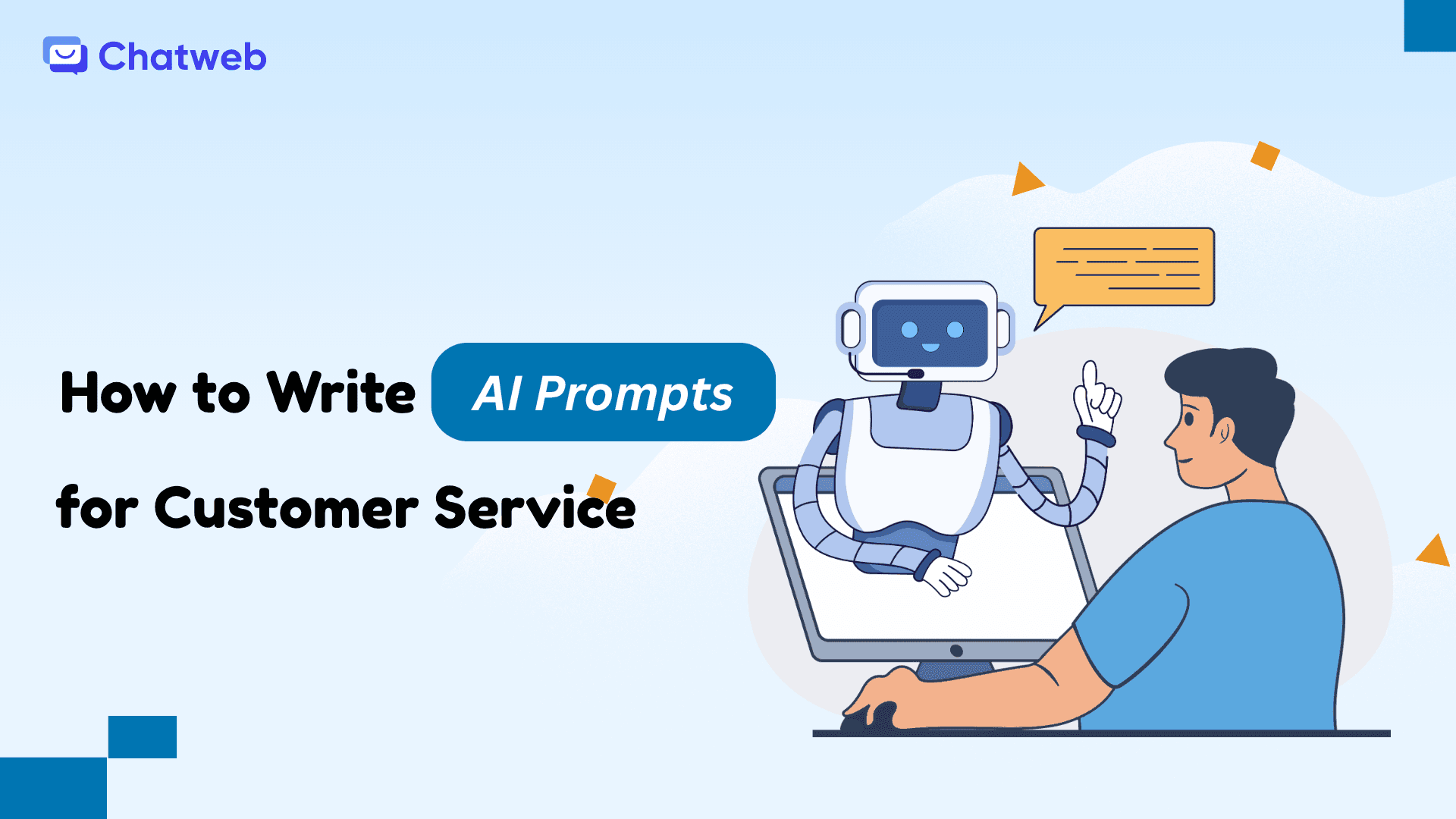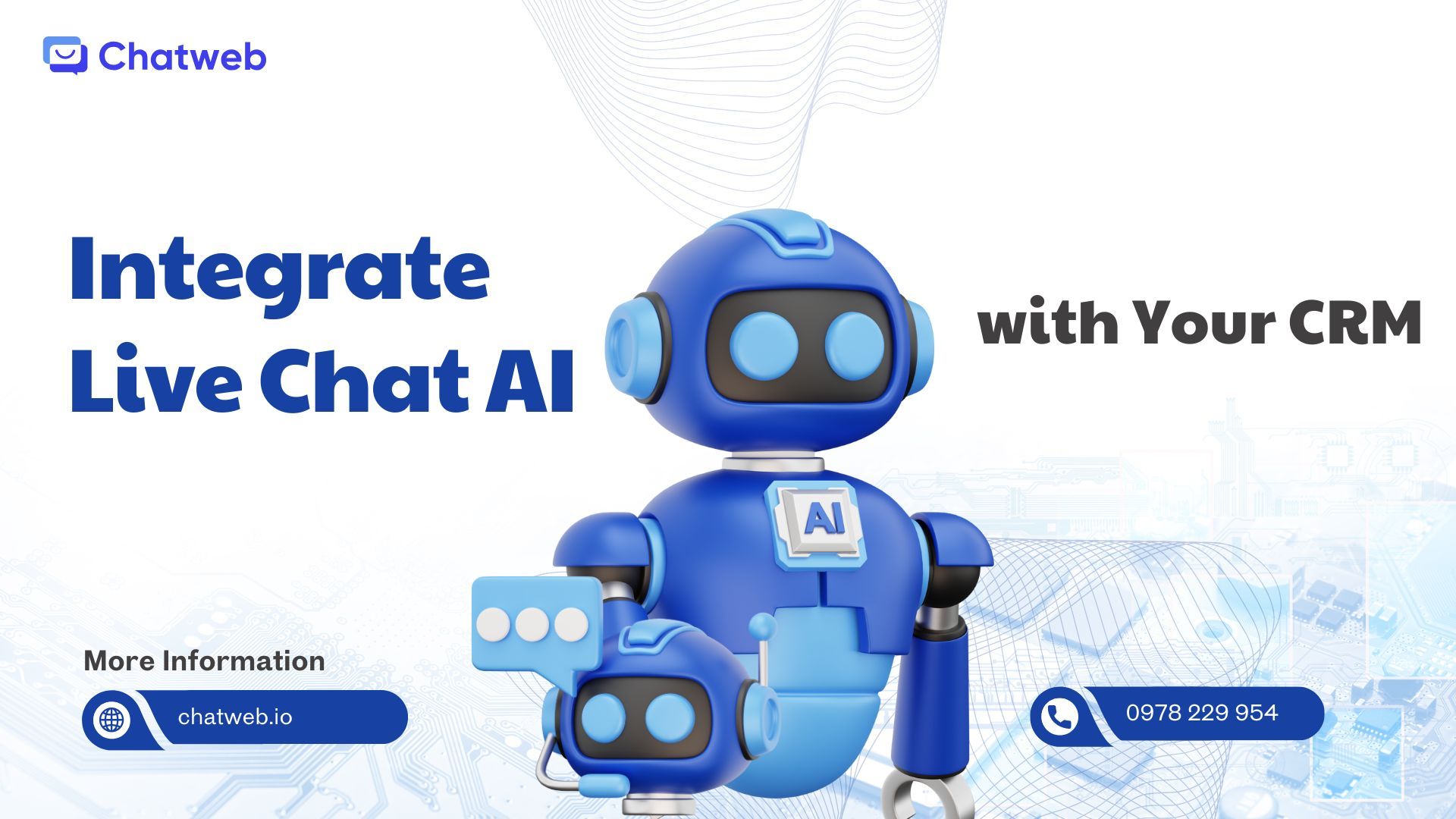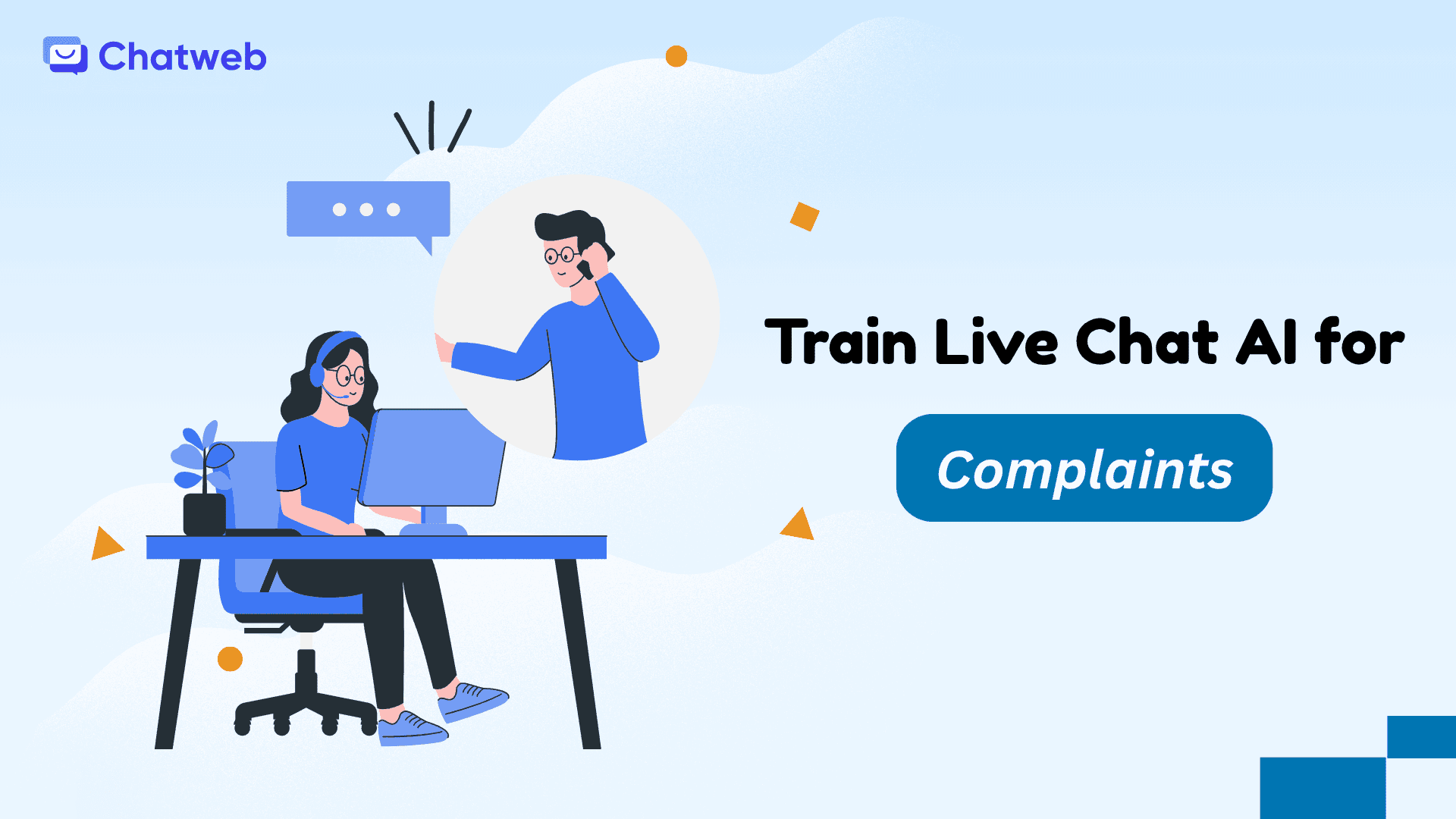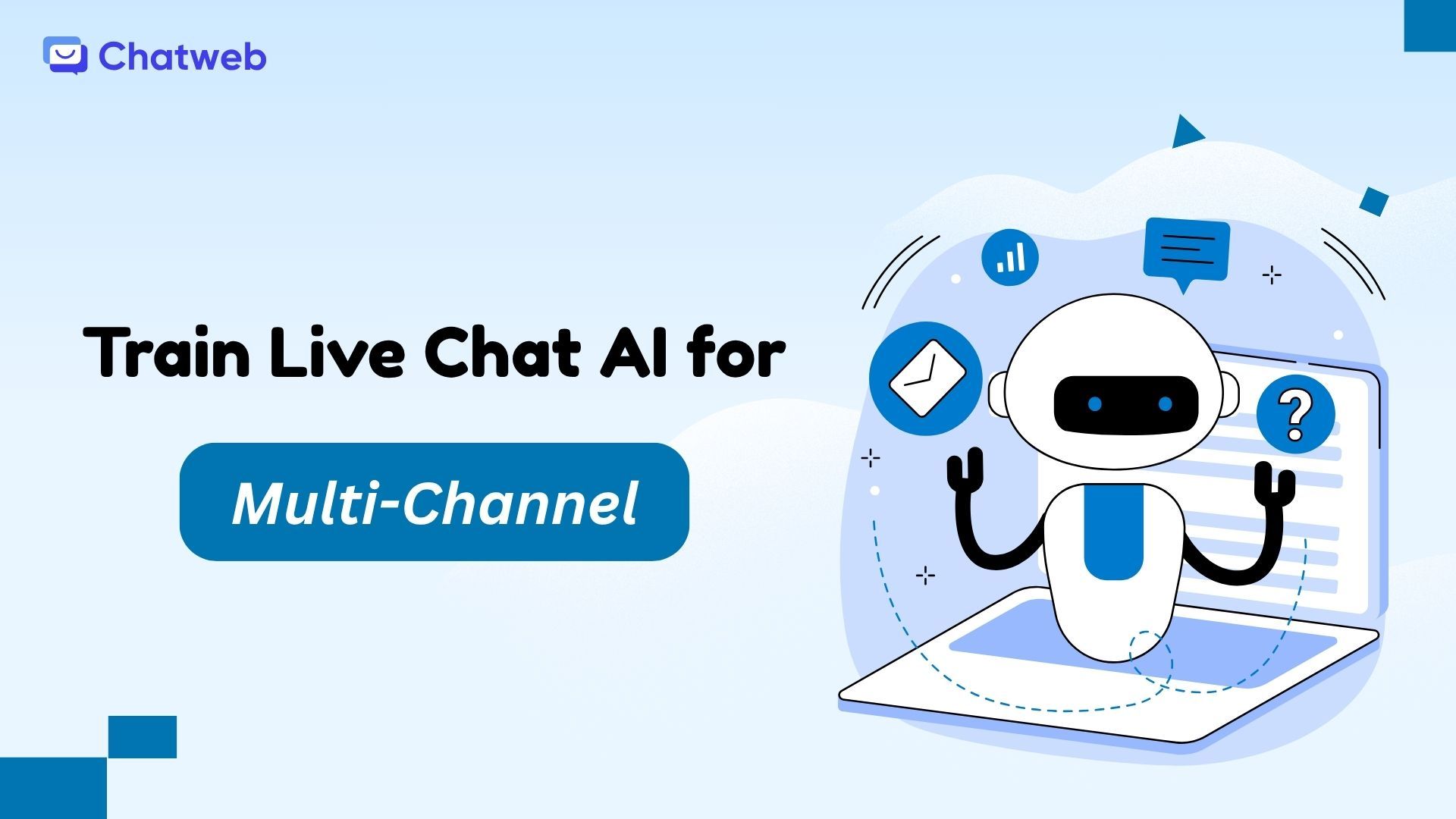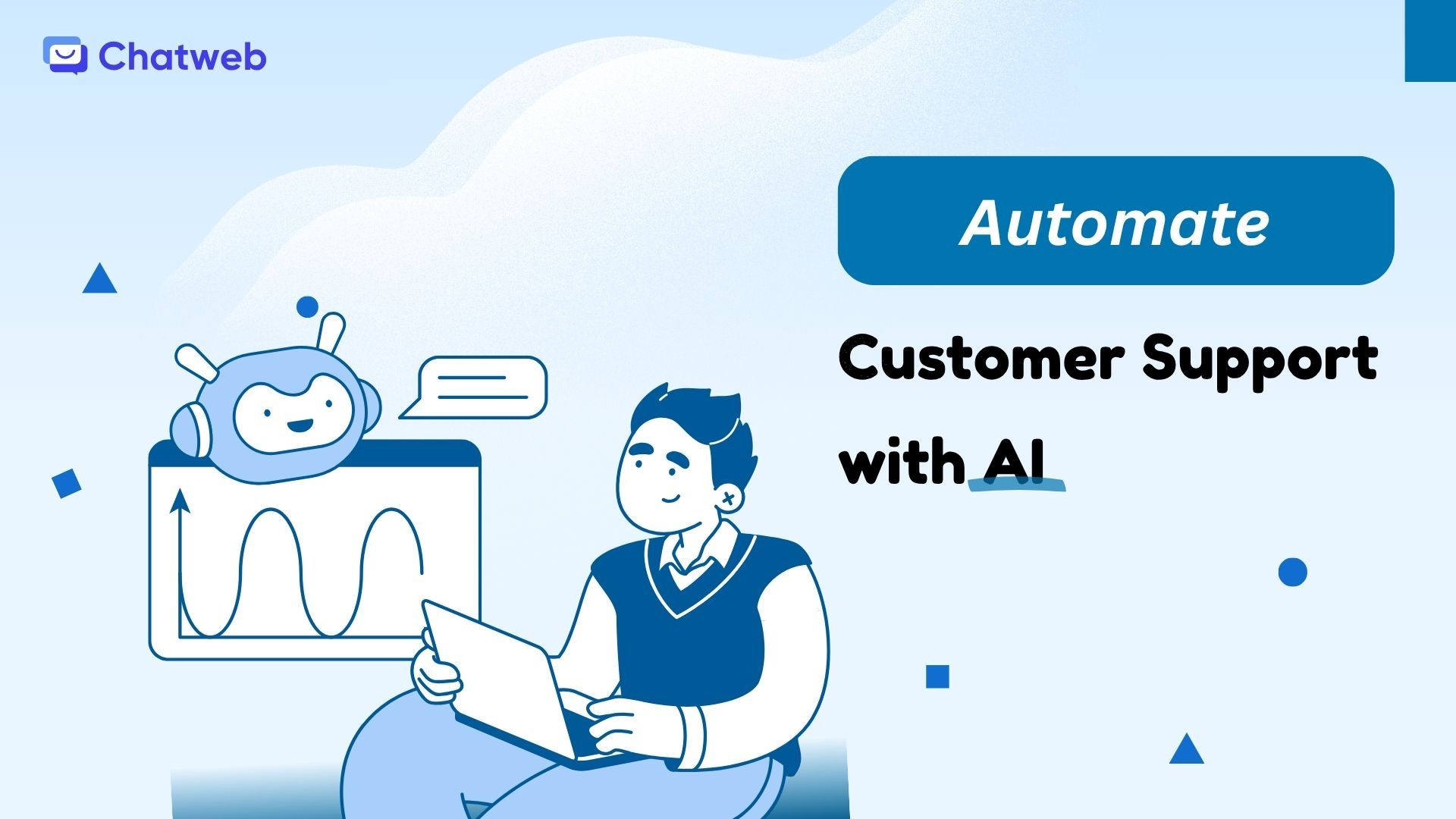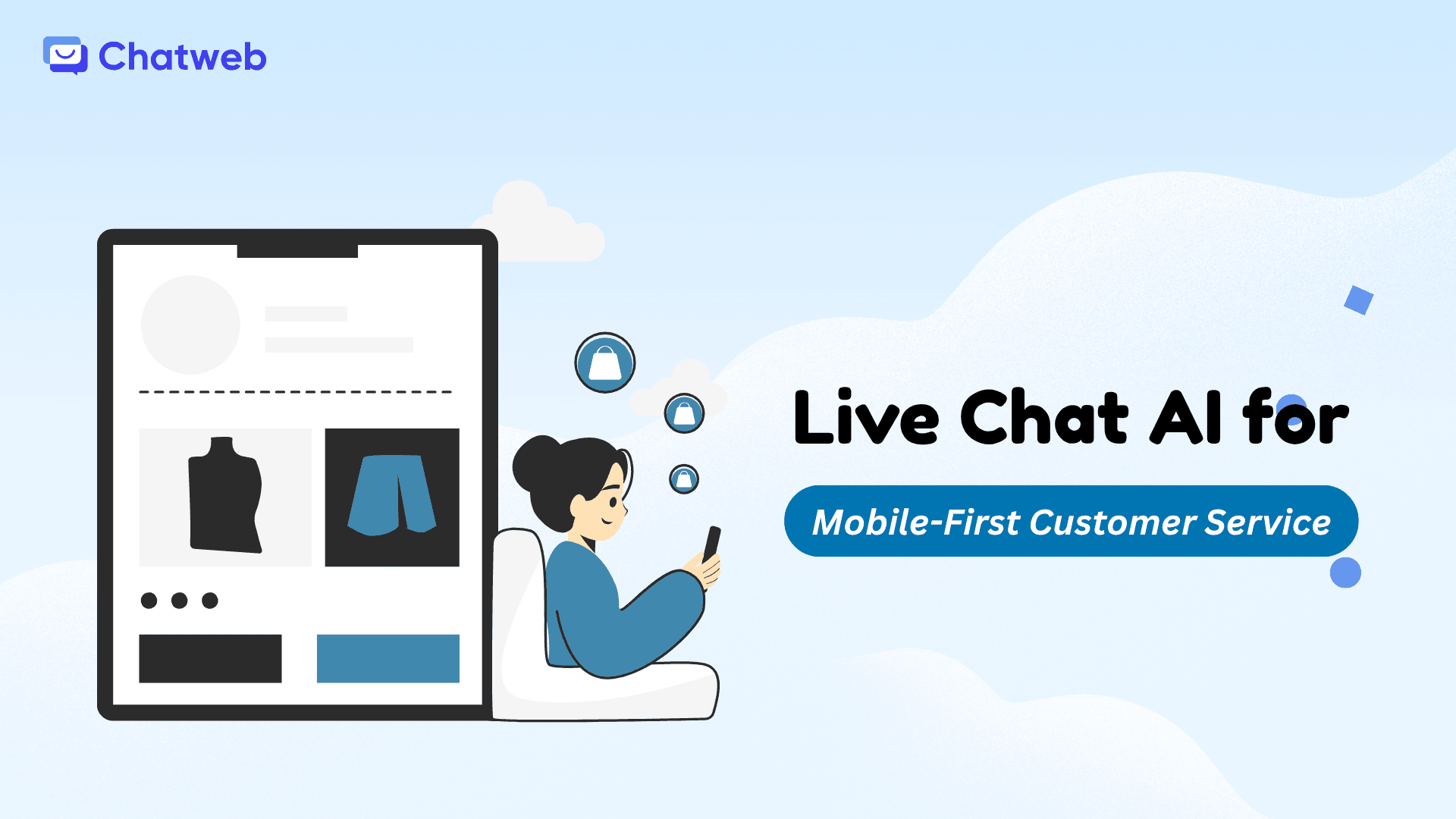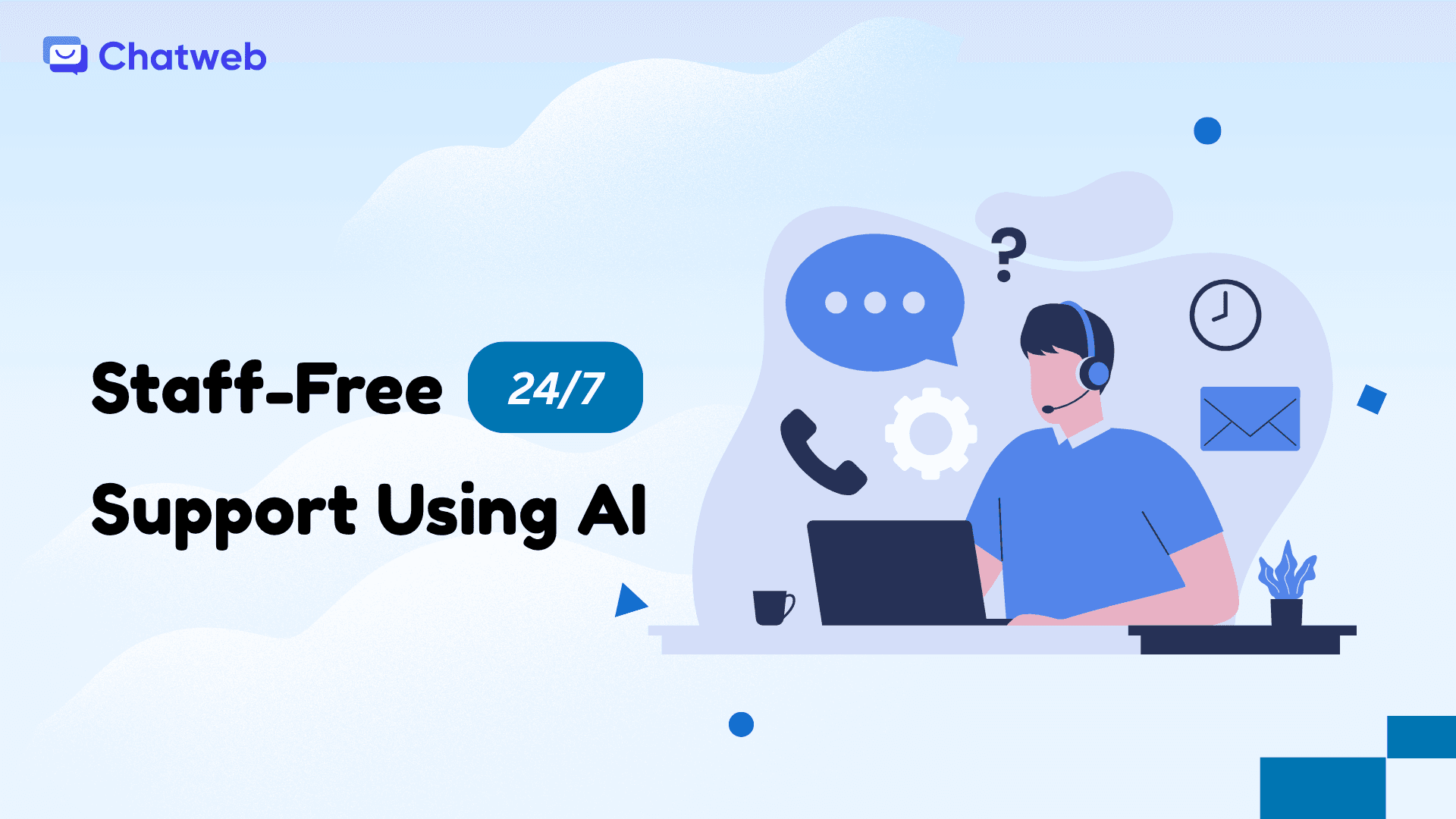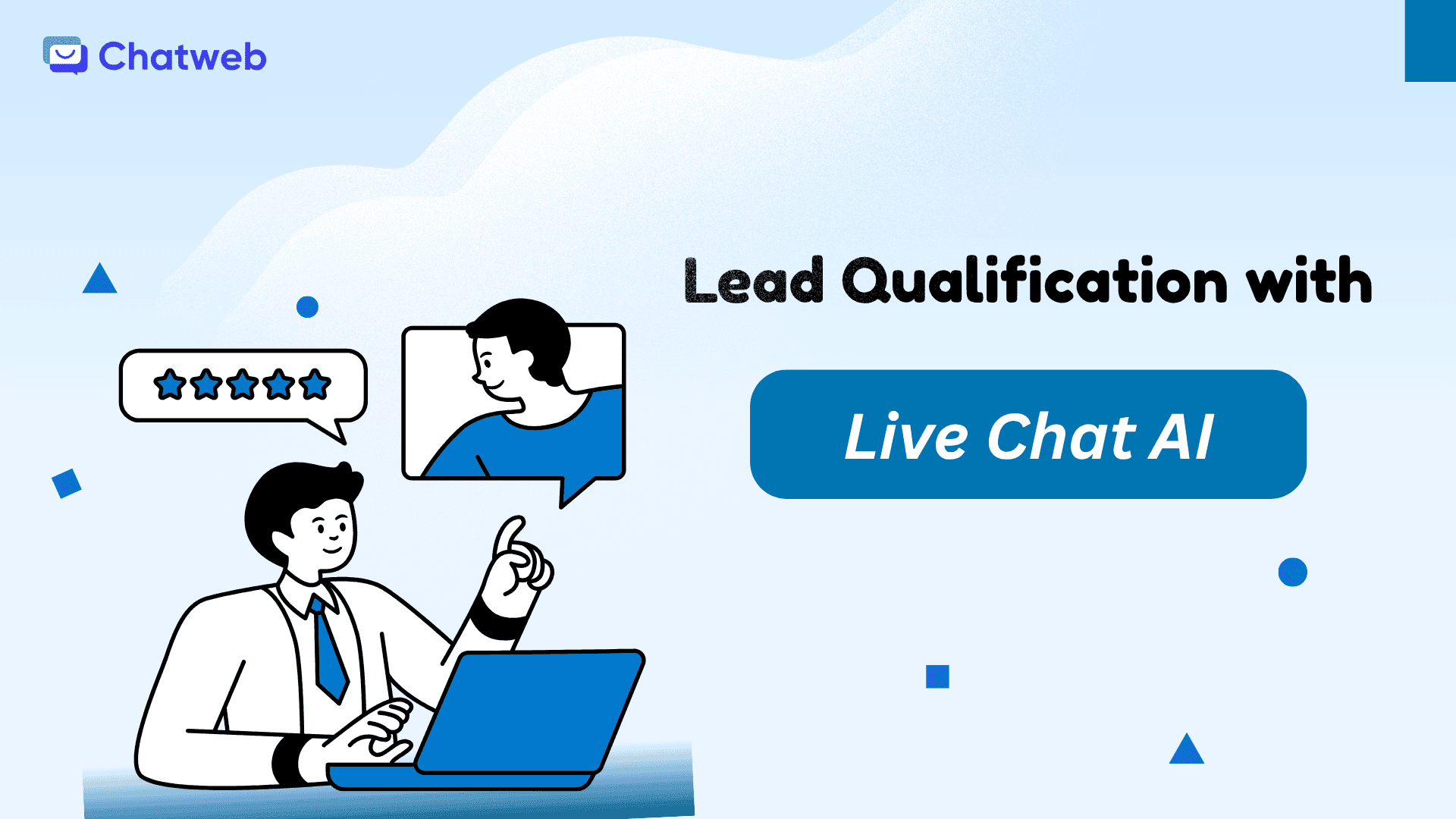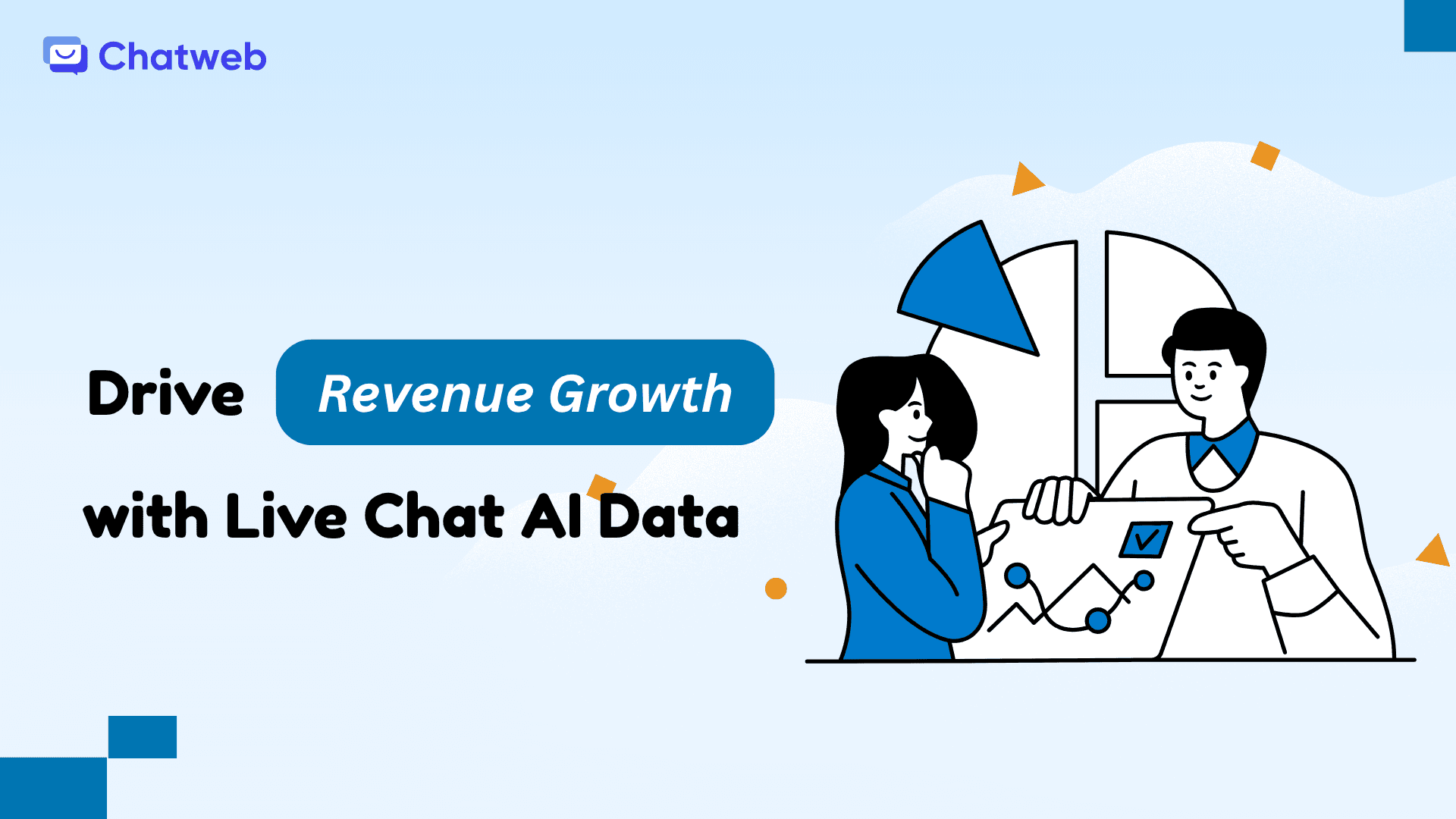As an SME e-commerce owner, every customer interaction is a chance to turn browsers into buyers and one-time shoppers into repeat customers. Live chat AI is your secret weapon for personalized upselling—suggesting the perfect add-on at the right moment, like a virtual sales assistant who never sleeps. When done right, it feels helpful, not pushy, boosting average order value while delighting customers with tailored recommendations.
This guide shows you how to personalize live chat AI for e-commerce upselling to drive revenue for your SME. We’ll cover why personalization matters for upsells, a step-by-step setup plan, key strategies with prompt examples, and pitfalls to avoid for your online store. Let’s turn those carts into cash.
1. Why Personalize Live Chat AI for E-commerce Upselling
E-commerce is all about relevance. Customers abandon carts when suggestions feel generic or irrelevant, but they love when a chat says, “Pair that jacket with our best-selling scarf for 10% off.” Personalized live chat AI uses real-time data—browsing history, cart contents, past purchases—to make upsell offers that feel custom-made. This isn’t just about sales; it’s about building trust. A well-timed, helpful suggestion shows you understand the customer, encouraging bigger baskets and loyalty.
For SMEs, this is a game-changer. Unlike big retailers with massive ad budgets, you can use AI to deliver one-to-one upsells at scale, without hiring more staff. Done poorly, though, upsells come off as spammy, killing trust. The key is context-aware AI that knows when, what, and how to suggest. Let’s walk through how to set it up for maximum impact.
2. Step-by-Step Guide to Personalizing Live Chat AI for Upselling
Personalizing AI for upsells doesn’t require a data scientist or huge budget. With tools like Chatweb, SMEs can launch in days. Here’s a practical roadmap to get your AI upselling like a pro.
2.1. Map Customer Data Sources for Personalization
Your AI needs access to customer behavior to make smart upsells. Start by identifying what data you have and how to feed it to the chat.
How to Do It:
- List key data points: Cart contents, viewed products, purchase history, session time, referral source.
- Use your e-commerce platform (e.g., Shopify) to track these via cookies or user accounts.
- Connect data to your live chat tool: Chatweb integrates with Shopify, WooCommerce, or BigCommerce to pull real-time info.
- Set privacy rules: Anonymize data where needed and comply with GDPR/CCPA.
This foundation ensures AI knows the customer’s context before suggesting anything.
2.2. Choose an AI Chat Platform with Personalization Features
Not all live chat tools handle upsells well. Pick one built for e-commerce with dynamic data integration and conditional logic.
How to Do It:
- Look for features like:
- Real-time cart syncing.
- Product recommendation engines.
- Conditional prompts (e.g., “If cart has X, suggest Y”).
- Affordable SME plans ($20-100/month).
- Chatweb offers native e-commerce integrations, allowing AI to access cart data instantly.
- Test with a free trial: Add items to a cart and see if the chat suggests relevant upsells.
2.3. Build an Upsell Product Matrix
Create a simple “if this, then that” matrix of upsell pairings based on your inventory. This guides AI on what to recommend.
How to Do It:
- Categorize products: Core items (e.g., phones) and add-ons (cases, chargers).
- Define rules:
- Phone in cart → Suggest case + screen protector bundle.
- Dress in cart → Suggest matching shoes or accessories.
- High-value cart → Offer free gift with purchase.
- Include discounts: “Bundle for 15% off” or “Add for $5.”
- Store in a spreadsheet linked to Chatweb for AI access.
A clear matrix prevents random, irrelevant suggestions.
2.4. Craft Context-Aware AI Prompts for Upsells
Prompts are the magic behind personalized upsells. They tell AI when to trigger, what to say, and how to say it.
How to Do It:
- Structure prompts with:
- Trigger: Cart content, page viewed, time on site.
- Offer: Specific product + incentive.
- Tone: Helpful, not salesy—“This pairs perfectly” vs. “Buy now!”
- Exit: Easy opt-out or escalation.
- Example Prompt: “You’re a helpful chatbot for an e-commerce SME. If cart contains a laptop, after 10 seconds say: ‘Great choice on the laptop. Add our extended warranty for $29—it covers drops and spills. Interested?’ If they say yes, add to cart. If no, say: ‘No problem—anything else I can help with?’”
- Keep mobile-friendly: Short, with clear buttons (e.g., “Add to Cart,” “No Thanks”).
2.5. Set Up Proactive Triggers
Upsells work best when timed perfectly—don’t wait for customers to ask. Use behavior to trigger chats.
How to Do It:
- Common triggers:
- Item added to cart → Suggest bundle.
- Viewing product page 15+ seconds → Recommend accessory.
- Cart value near free shipping threshold → Nudge to add more.
- In Chatweb, set rules like “If cart > $45, suggest item to reach $50 for free shipping.”
- Test timing: Too early feels pushy; too late, they’ve left.
2.6. Integrate with Cart and Checkout
For seamless upsells, AI must add items to the cart with one click—no redirecting or re-entering info.
How to Do It:
- Use Chatweb’s e-commerce API to enable “Add to Cart” buttons in chat.
- Sync with checkout: Upsold items appear instantly in the customer’s cart.
- Test flow: Customer says “Yes” to upsell → Item added → Chat confirms: “Added! Your total is now $75 with free shipping.”
2.7. Test, Launch, and Optimize
Before going live, simulate upsell scenarios to ensure AI feels natural and converts.
How to Do It:
- Role-play: Add items to cart, trigger chats, accept/decline upsells.
- A/B test prompts: Version A: “Bundle for 10% off?” vs. Version B: “Complete the look with this scarf—15% off when bundled.”
- Launch on one category (e.g., electronics) first.
- Monitor weekly: Upsell acceptance rate, average order value lift, customer feedback.
This process takes 1-2 weeks and turns AI into a revenue booster.
3. Key Strategies for Personalized E-commerce Upselling with Live Chat AI
Setup is table stakes—success comes from smart execution. Here are six strategies to make your AI upsells irresistible.
3.1. Use Cart Contents for Instant Relevance
The most powerful upsells are based on what’s already in the cart—customers see immediate value.
Strategy: Prompt AI to scan cart and suggest complements.
Example Prompt: “If cart has coffee maker, say: ‘Love the coffee maker. Add our premium beans for $12—freshly ground and delivered with your order?’”
Why It Works: Feels like a natural extension, not a hard sell.
3.2. Leverage Browsing History for Pre-Cart Suggestions
Catch customers before they add to cart by using viewed products.
Strategy: Trigger on product page views.
Example Prompt: “If viewing running shoes for 15 seconds: ‘Those shoes are perfect for trails. Pair with our moisture-wicking socks for $8?’”
Why It Works: Builds the cart early, increasing order size.
3.3. Create Urgency with Limited-Time Bundles
Scarcity drives action. Use AI to offer time-sensitive upsells.
Strategy: Add expiration to offers.
Example Prompt: “If cart > $50: ‘You’re close to free shipping at $75. Add this popular item for $20—offer ends in 10 minutes!’”
Why It Works: Encourages immediate adds without pressure.
3.4. Personalize Based on Past Purchases
For returning customers, use purchase history to suggest upgrades or refills.
Strategy: Pull CRM data for repeat buyers.
Example Prompt: “If customer bought ink last month: ‘Time for a refill? Add our high-yield cartridge for $35—20% off for loyal customers.’”
Why It Works: Shows you remember them, boosting loyalty.
3.5. Offer Value-First, Not Product-First
Lead with benefits (savings, convenience) before the product.
Strategy: Frame upsells as solutions.
Example Prompt: “If cart has camera: ‘Protect your new camera with our padded case for $15—it’s waterproof and fits perfectly.’”
Why It Works: Customers buy the outcome, not the item.
3.6. Enable Easy Opt-In and Opt-Out
Make upsells frictionless—customers should add with one click or decline gracefully.
Strategy: Use buttons and clear exits.
Example Prompt: “Offer: ‘Add screen protector for $10?’ with buttons: [Yes, Add It] [No Thanks]. If No: ‘Got it—enjoy your phone!’”
Why It Works: Respects choice, preventing annoyance.
These strategies make upsells feel like genuine help, driving revenue without alienating customers.
4. Common Pitfalls to Avoid in AI Upselling
Even great setups can flop. Here’s what to dodge:
- Generic Suggestions: “Customers also bought…” feels lazy. Always tie to current context.
- Over-UpSelling: Too many offers overwhelm. Limit to 1-2 per session.
- Poor Timing: Upselling on checkout can feel aggressive. Save for cart or product pages.
- No Mobile Optimization: Long text or tiny buttons kill mobile upsells. Keep it short and tappable.
Test with real users and refine based on feedback.
5. How to Get Started with Personalized Upselling Today
Ready to boost your average order value? Here’s your quick-start plan:
- Map Data: Connect cart and browsing data to Chatweb.
- Build Matrix: List 5-10 upsell pairings with incentives.
- Write Prompts: Craft 5 context-aware upsell prompts.
- Set Triggers: Enable cart and page-view triggers.
- Integrate Cart: Allow one-click adds from chat.
- Test and Launch: Pilot on one category, optimize weekly.
Start small—focus on your best-sellers—and scale as you see lifts.
Conclusion
Personalized live chat AI for e-commerce upselling turns casual browsers into bigger spenders by delivering relevant, timely offers that feel like expert advice. From cart-based bundles to history-driven refills, the strategies and steps above help SMEs compete with retail giants on personalization. Implement this playbook, and watch your average order value—and customer satisfaction—soar.
Ready to supercharge your upsells? Try Chatweb, the AI live chat platform built for e-commerce SMEs to deliver personalized, revenue-driving conversations. Share your top upsell challenge in the comments, and let’s brainstorm how Chatweb can help. Start your free trial today and turn chats into cash!

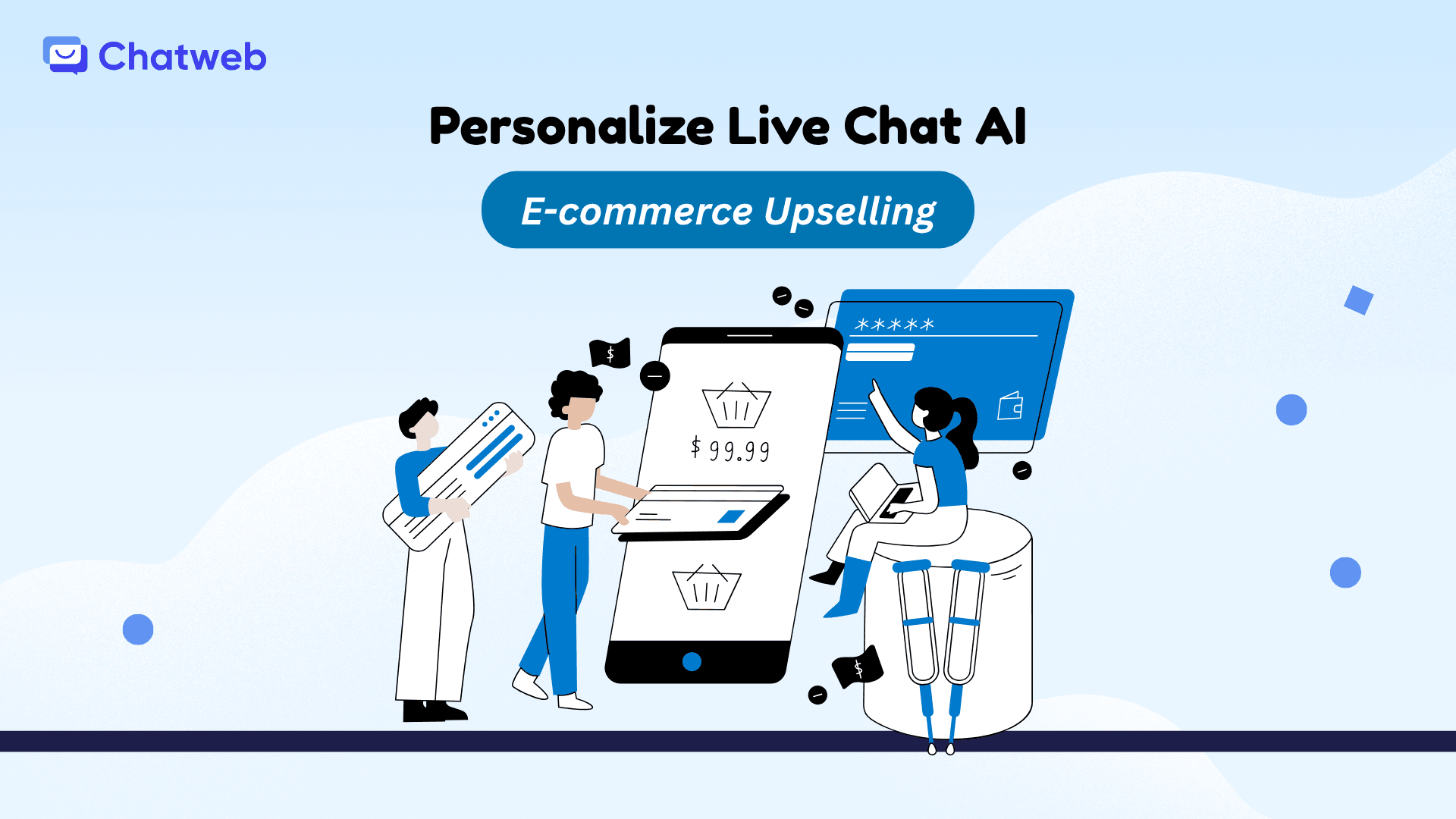
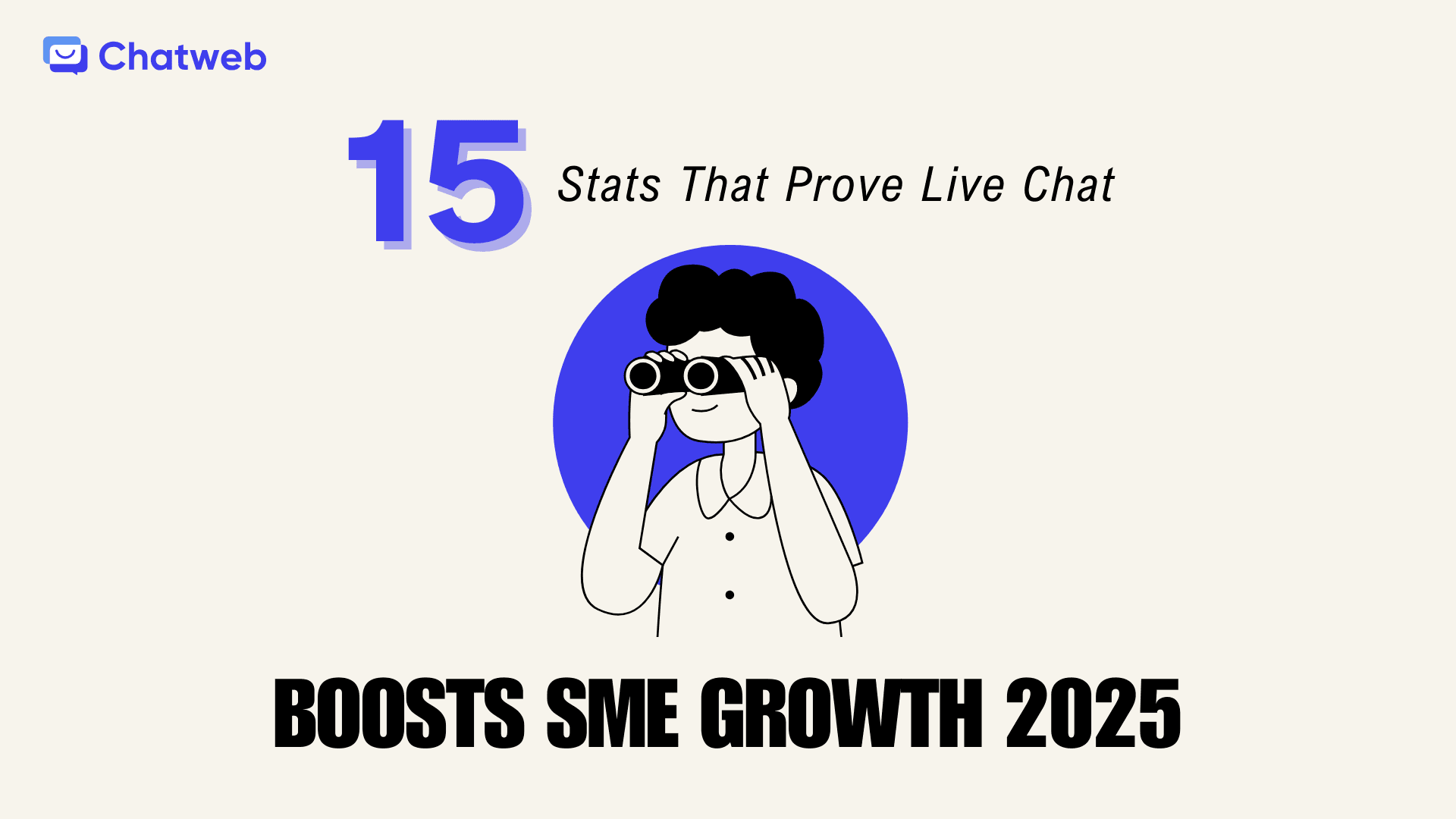
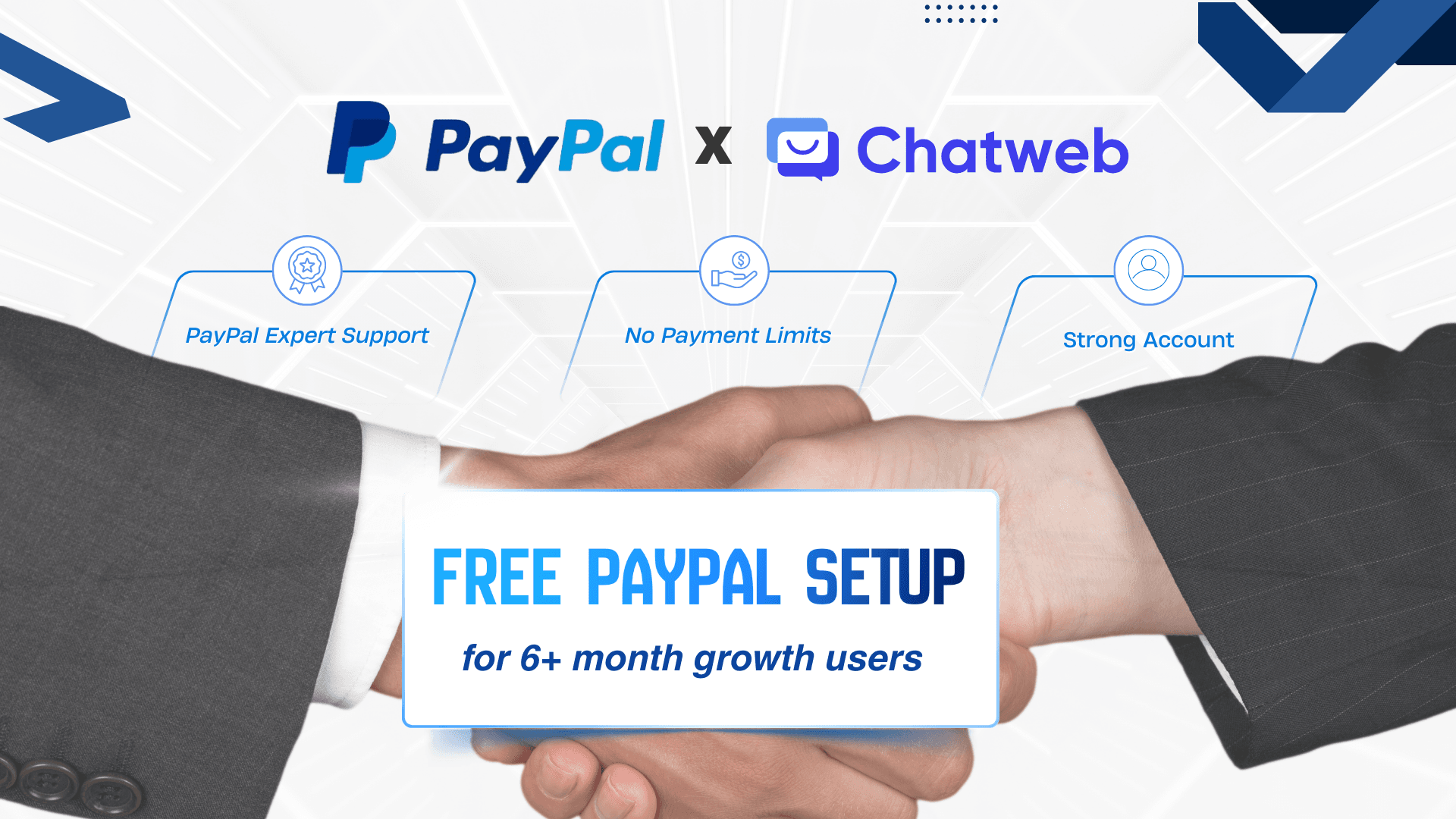
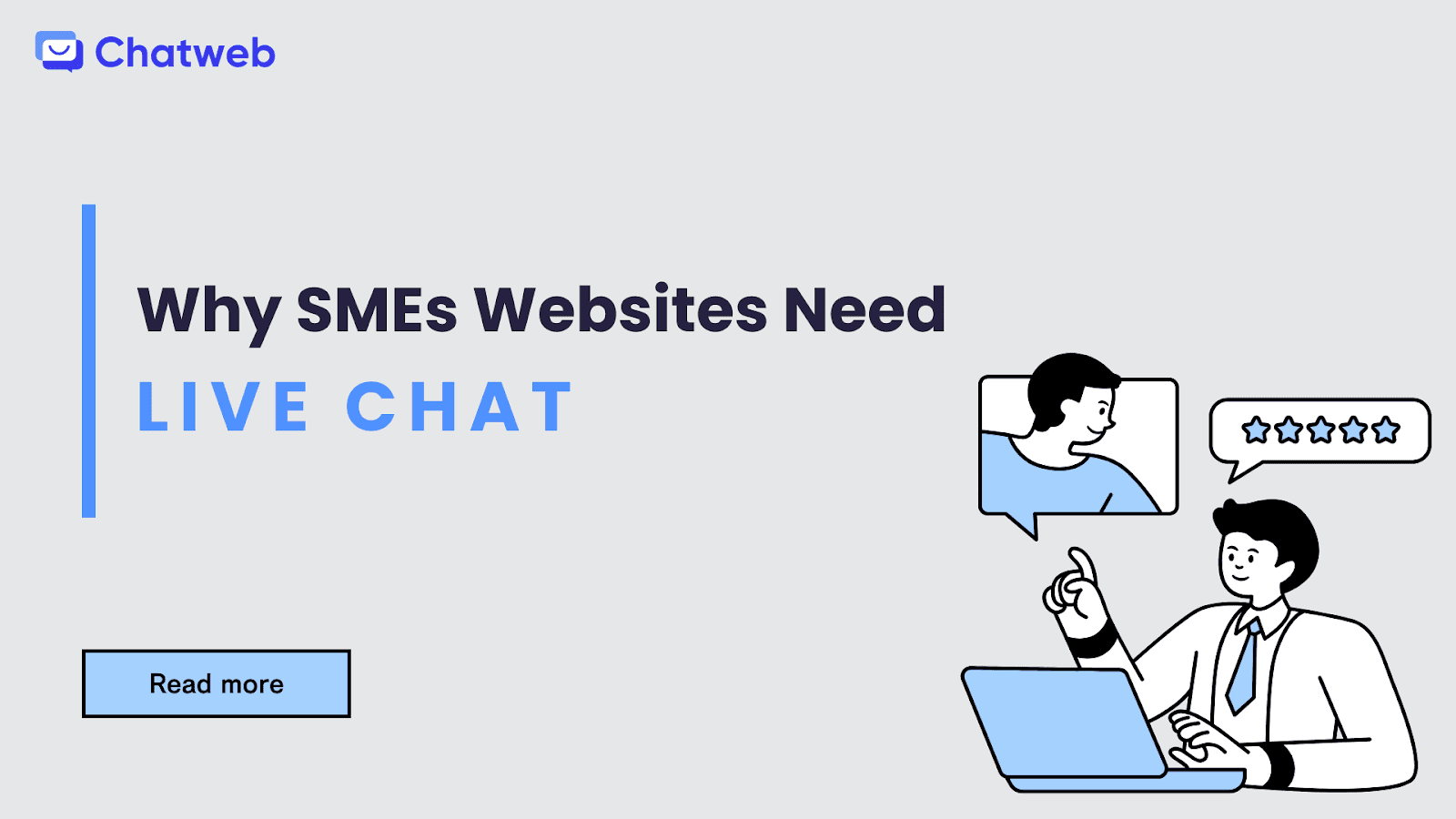
![[PayPal x Chatweb] Chatweb is now an official PayPal Payment Partner!](https://assets-content.aifusionlab.io/image_c1163cbd0d.png)

